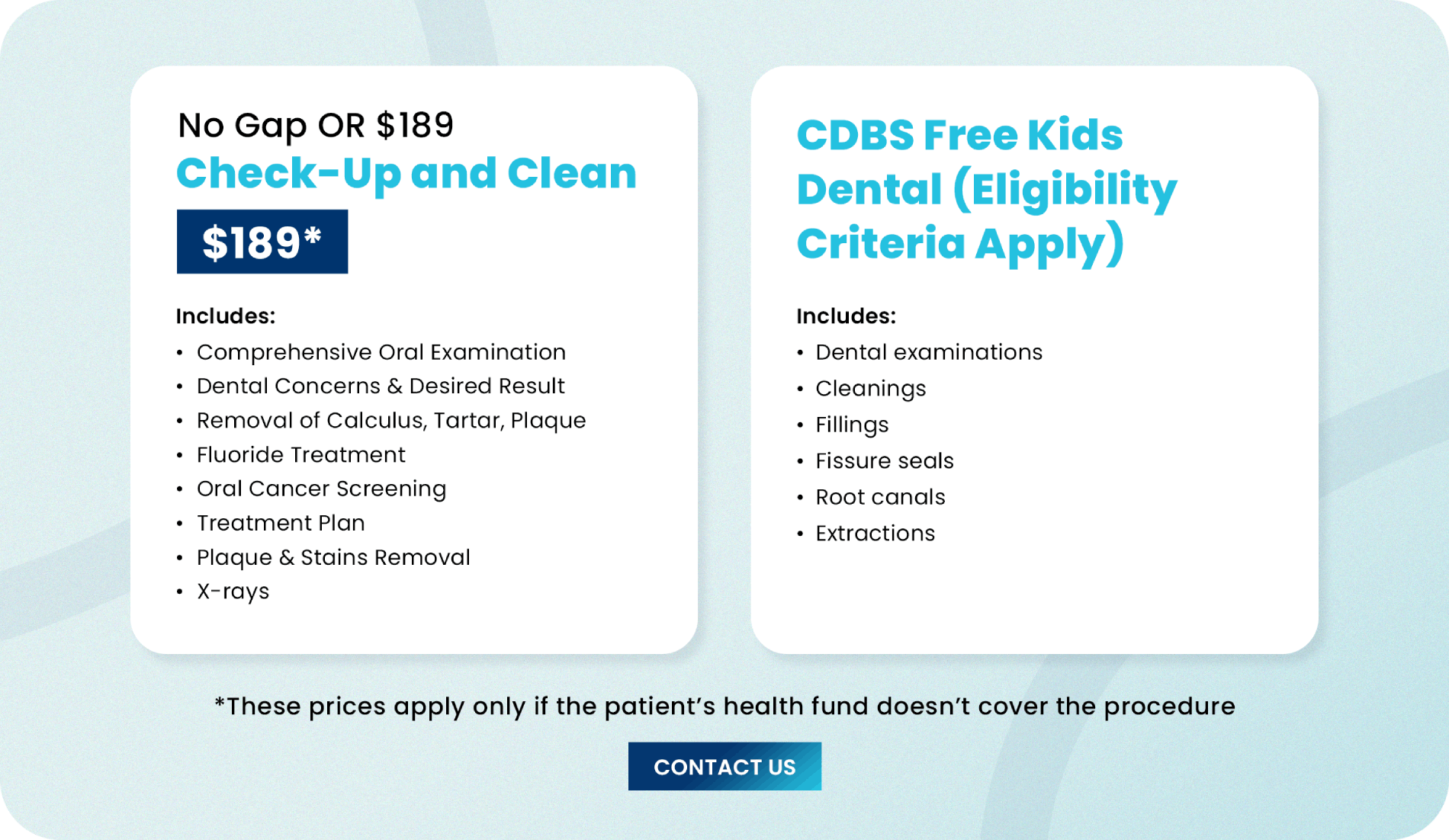Restorative Dentistry: A Quick Guide
In the world of dental well being, the hunch for having the most perfect smile often leads individuals to explore the world of restorative dentistry.This dental procedure assists in restoring proper functioning of the teeth as well as the appearance of the teeth. If you are looking for a guide for getting a glimpse of Restorative Dentistry, look no further.
In search of the best cosmetic dental fillings, this guide is crafted just for you. Read on as we navigate through the various options that are available, from tooth-colored fillings to the minimally invasive dentistry.
Types of Cosmetic Dental Fillings:
1. Tooth-Colored Fillings:
The metal fillings are now a thing of the past. The Tooth-Colored fillings is the new kid on the block. As the name suggests, they camouflage pretty well with the natural teeth hence making it difficult to make out whether the fillings were made.
2. Composite Fillings:
The Composite Fillings make use of the mixture of plastic resin and powdered glass fillers. The colored resin helps to get the natural looking tone to the teeth. They have a life of about 5-7 years. To list, they have various features including durability, versatility, cause less damage to the tooth, easy to restore and aesthetically attractive.
3. Porcelain and Ceramic Fillings:
Porcelain or ceramic fillings are custom made using ceramic polymer material. It is simply placed over or into a cavity. They need to be first skeletonized in the lab before fixating. They have a life of about 15 years if handled with care. They have many advantages including resistance to staining/cracking, unlike gold/silver they don’t expand/contract.
They have the most natural appearance. For those desiring an elegant touch in their dental restorations, delve into the benefits of porcelain and ceramic fillings—durable and aesthetically pleasing alternatives for a radiant smile.
Some Advanced Techniques below:
4. Direct vs. Indirect Composite Fillings:
Direct dental fillings is the most common technique that is known to the patients. This involves having the fillings placed directly after the removal of the tooth decay and a cavity (a hole in the tooth) remains. The direct fillings are usually made of metal or a composite resin that matches the teeth color.
Indirect dental fillings on the other hand refers to the inlays, onlays, and crowns. These filling options typically require more than one visit, as the dentist first needs to take impressions of the affected area to create a stable restoration for the patient. The indirect filling is cemented into place on a separate visit. Some of the fillings as mentioned above need to be fabricated before filling it in the cavity.
Read More: Importance of Dental Health and Fluoride
5. Inlay and Onlay Fillings:
The inlay and onlay fillings are used to restore & repair the damaged or decayed teeth. These are indirect filling techniques and use material such as porcelain, composite resin, or gold. The main procedures include: location, preparation, fabrication and placement.
These are recommended when the damage is extensive and cannot be fulfilled through simple filling. This procedure requires more than 1 visit to the dentist. One for preparation and the other for placement.
6. Minimally Invasive Dentistry:
Minimally Invasive Dentistry or MID is used to preserve the tooth structure and prevent removal of the natural tissue. The main ideology behind the MID procedure is to provide the most conservative treatment options and achieve the desired results.
7. Conservative Dental Fillings:
Conservative dental fillings is an important spoke in the wheel of minimally invasive dentistry. It prioritizes the preservation of natural tooth structure but also treats dental decay or damage to the maximum effect. S
ome of the traditional restorations require extensive removal of healthy tooth material which the conservative dental fillings aim to prevent, this contributes towards preventing the original tissue and keeping the structure of the tissues intact.
Conclusion:
The search for the best Restorative dentistry service is challenging but the experts know what needs to be done when. Book an appointment with us to know more about the services that we offer!
FAQS
What is restorative dentistry?
Restorative dentistry focuses on restoring the function and appearance of damaged or missing teeth. It includes various treatments, and cosmetic dental fillings are one of the highly sought after procedures.
What are cosmetic dental fillings?
Cosmetic dental fillings are the materials that are used to repair and restore teeth that have undergone extensive decay or damage. They are made to match the natural color of the teeth to make it aesthetically pleasing.
What are the benefits of cosmetic dental fillings?
The cosmetic dental fillings provide a natural appearance. They usually bond well with the existing tooth structure, and minimal removal of healthy tooth material compared to the traditional amalgam fillings. These filling procedures are mercury free as well.
How long do cosmetic dental fillings last?
The lifespan of cosmetic dental fillings vary depending on factors like:- Material used
– The size of the filling
– Oral hygiene followedOn average, they can last anywhere from 5 to 15 years or more.
Is the procedure for cosmetic dental fillings painful?
The dentist uses local anesthesia to numb the area. So no, the procedure cannot be termed painful. However, in some cases there can be some temporary sensitivity.
















